- Researcher
- Software Engineer
- Cat Parent
- Child of the '80s
- and more...
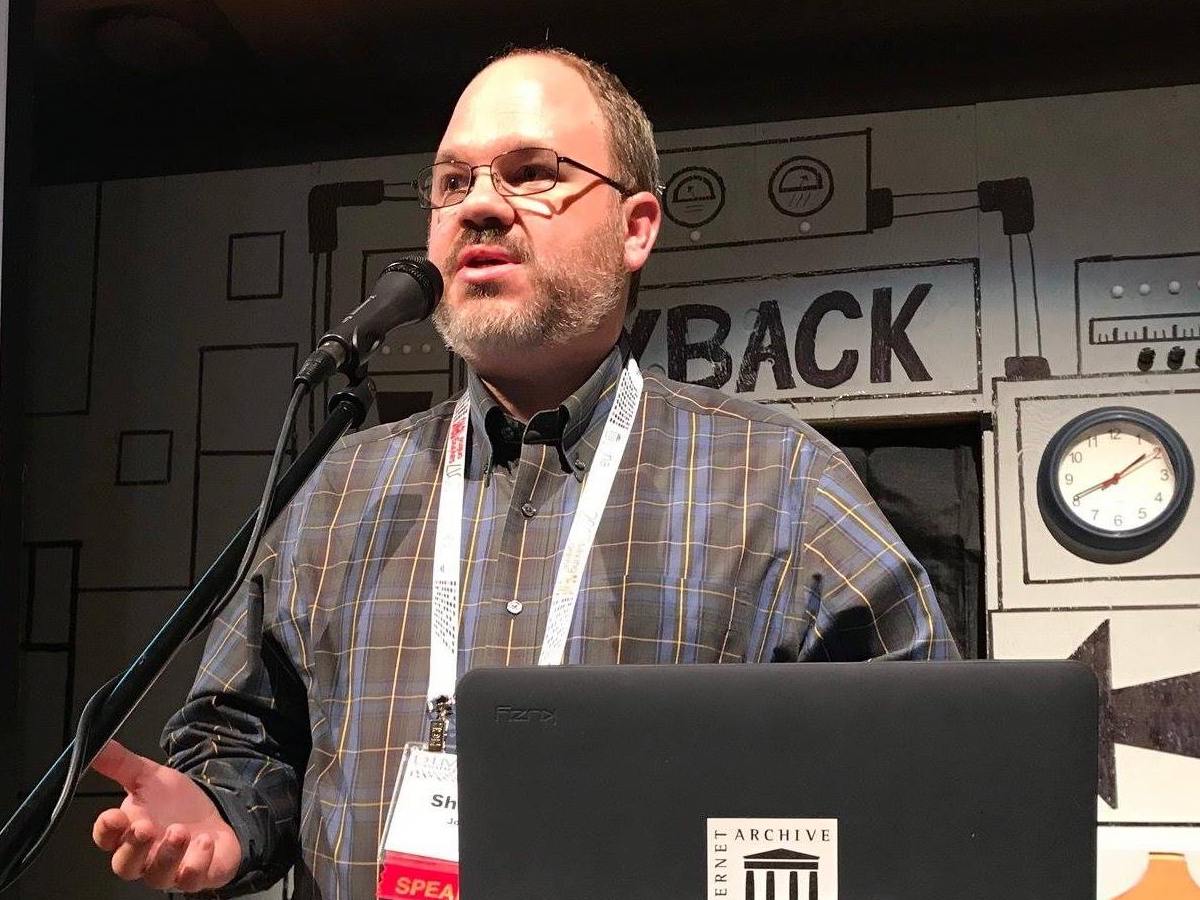

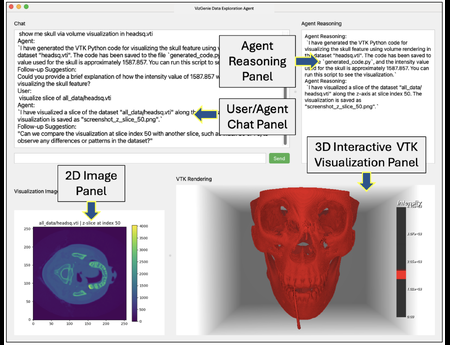

by Ayan Biswas, Terece L. Turton, Nishath Rajiv Ranasinghe, Shawn Jones, Bradley Love, William Jones, Aric Hagberg, Han-Wei Shen, Nathan DeBardeleben, Earl Lawrence
We present VizGenie, a self-improving, agentic framework that advances scientific visualization through large language model (LLM) by orchestrating of a collection of domain-specific and dynamically generated modules. Users initially access core functionalities–such as thresho...
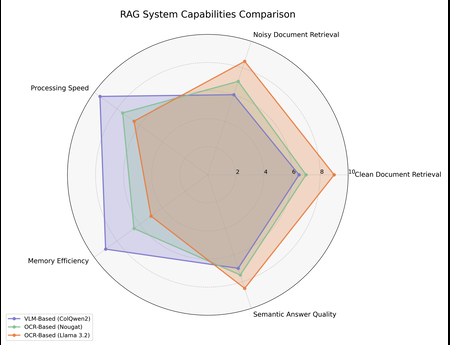

by Alexander Most, Joseph Winjum, Ayan Biswas, Shawn M. Jones, Nishath Rajiv Ranasinghe, Dan O'Malley, Manish Bhattarai
Retrieval-Augmented Generation (RAG) has become a popular technique for enhancing the reliability and utility of Large Language Models (LLMs) by grounding responses in external documents. Traditional RAG systems rely on Optical Character Recognition (OCR) to first process scan...
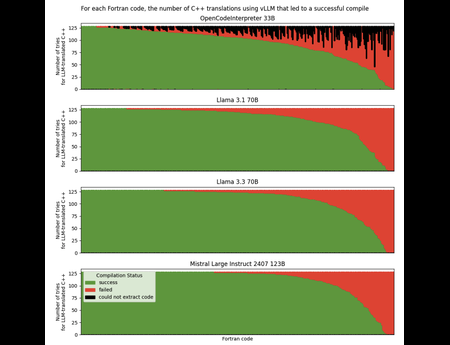

by Nishath Rajiv Ranasinghe, Shawn M. Jones, Michal Kucer, Ayan Biswas, Daniel O’Malley, Alexander Most, Selma Liliane Wanna, Ajay Sreekumar
Large Language Models (LLMs) are increasingly being leveraged for generating andtranslating scientific computer codes by both domain-experts and non-domain experts. Fortran has served as one of the go to programming languages in legacy high-performance computing(HPC) for scien...
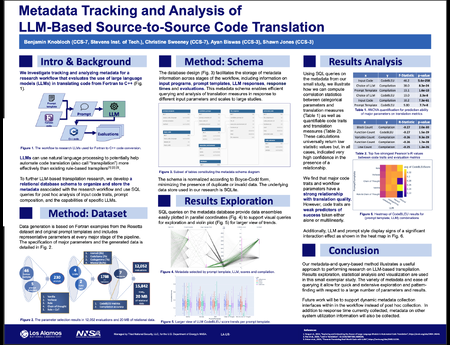

by Benjamin Knobloch, Christine Sweeney, Ayan Biswas, Shawn M. Jones
Modern software development education and tool chains favor current programming languages. Many important programs still exist in older languages, such as Fortran, yet they are difficult to maintain, augment, and port to new hardware. Translating programs from Fortran to a mod...
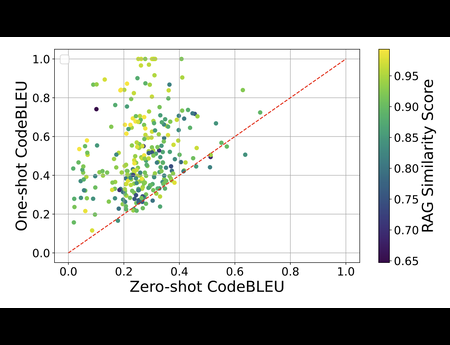

by Manish Bhattarai, Javier E. Santos, Shawn M. Jones, Ayan Biswas, Boian Alexandrov, Daniel O'Malley
The advent of large language models (LLMs) has significantly advanced the field of code translation, enabling automated translation between programming languages. However, these models often struggle with complex translation tasks due to inadequate contextual understanding. Th...
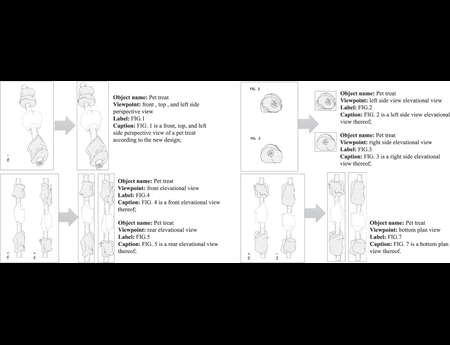

by Kehinde Ajayi, Xin Wei, Martin Gryder, Winston Shields, Jian Wu, Shawn M. Jones, Michal Kucer, and Diane Oyen
Recent advances in computer vision (CV) and natural language processing have been driven by exploiting big data on practical applications. However, these research fields are still limited by the sheer volume, versatility, and diversity of the available datasets. CV tasks, such...
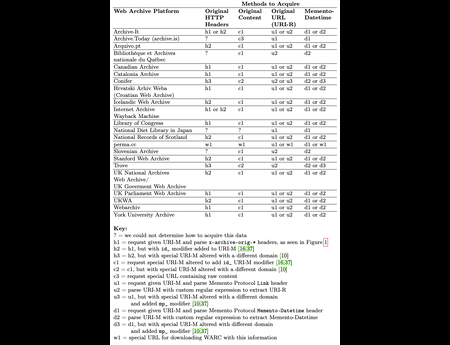

by Shawn M. Jones, Himarsha Jayanetti, Martin Klein, Michele C. Weigle, and Michael L. Nelson
Web archives are sources of big data. When presenting human visitors with archived web pages, or mementos, web archives often apply user interface augmentations to assist them. Unfortunately, these augmentations present challenges for natural language processing, computer visi...
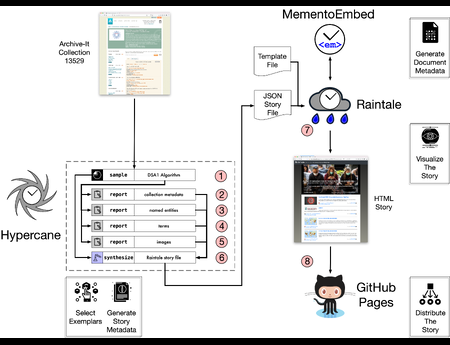

by Shawn M. Jones, Martin Klein, Michele C. Weigle, and Michael L. Nelson
People often create themed collections to make sense of an ever-increasing number of archived web pages. Some of these collections contain hundreds of thousands of documents. Thousands of collections exist, many covering the same topic. Few collections include standardized met...
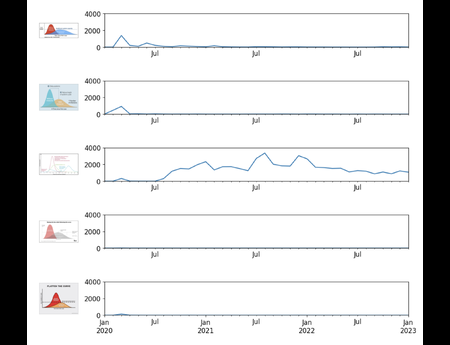

by Shawn M. Jones and Diane Oyen
Understanding the spread of images across the web helps us understand the reuse of scientific visualizations and their relationship with the public. The “Flatten the Curve” graphic was heavily used during the COVID-19 pandemic to convey a complex concept in a simple form. It d...
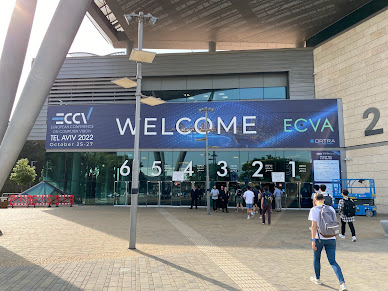

I had a paper accepted to the Drawings and abstract Imagery: Representation and Analysis (DIRA) workshop, allowing me to attend the 17 th European Conference on Computer Vision 2022 (ECCV 2022) in Tel Aviv, Israel, from October 23 - 27. ECCV 2022 is a large conference with att...